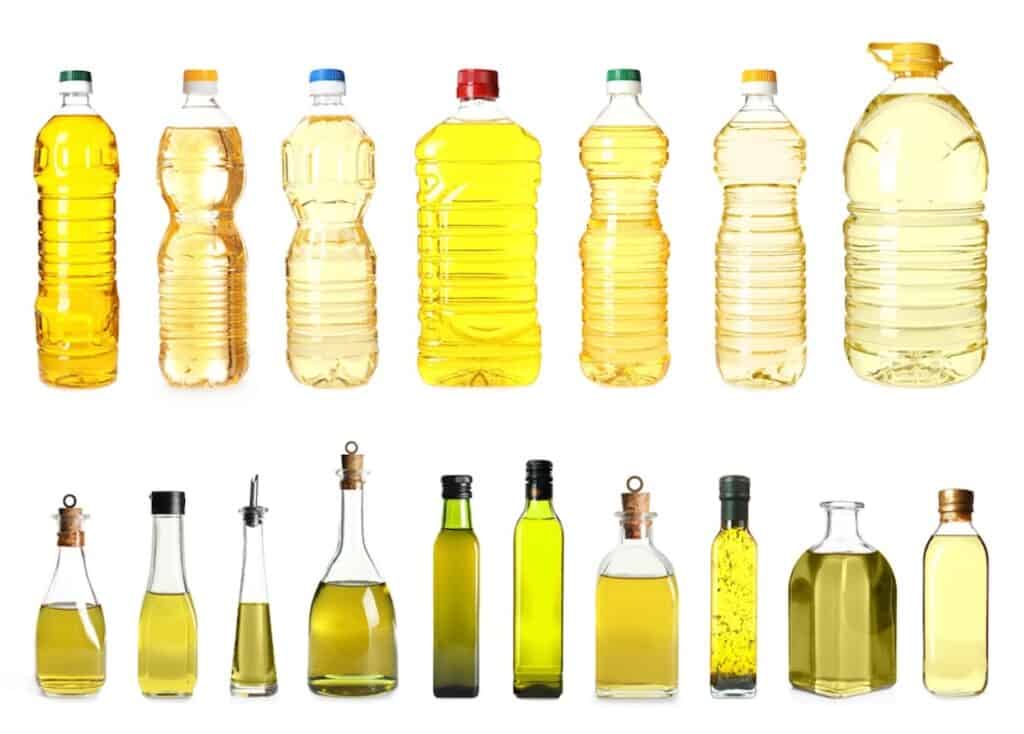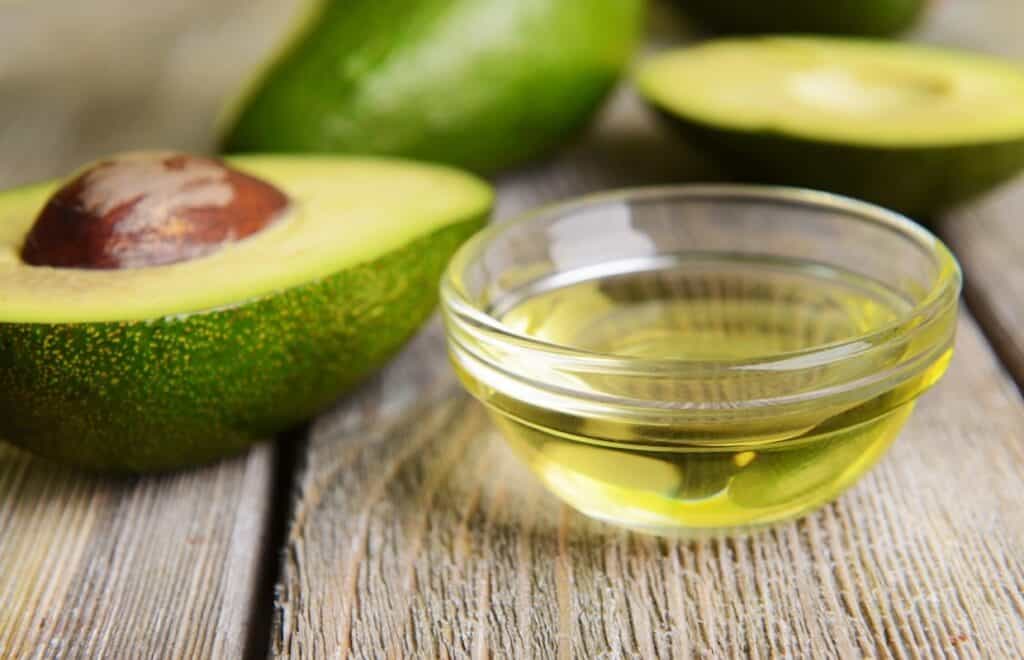Want to avoid cooking in a smoky kitchen? Believe it or not, swapping out the kind of oil you use when stir frying, searing or sauteing can help reduce the number of times the smoke alarm goes off. Here are the benefits of high smoke point oils and why they can be a cook’s best friend.

Not all oils are created equal
You probably know that not all fats and oils are created equal. Consider lard and butter versus liquid oils. Each has its place in baking and cooking. However, when it comes to cooking at high temperatures, there’s much more to consider.
For instance, maybe you prefer marinating your meat before cooking it. Oils help soak in any seasoning you’ve added. If you’re going to sear, saute or stir fry that meat, you probably want to go with a high smoke point oil when making your marinade.
What is a high smoke point oil
A high smoke point oil is exactly what it sounds like — an oil that has to reach a high temperature before it starts to smoke. There are lots of reasons you don’t want that oil to start smoking beyond the annoying smoke alarm going off. When oil begins to smoke, it means it is degrading and, in the process, can give your food an unpleasant flavor.
Of course, there is a place for a smoky flavor in some cooking — mainly your pellet smoker. However, you don’t want burned oil ruining an expensive cut of meat. Thus, the role of high smoke point oil.
List of oils and their smoke point

You may be shocked to learn that, in some instances, there is a 100 F temperature difference between when certain oils start to smoke. Here is a list of the most common cooking oils and the Fahrenheit degree range for their smoke point, also known as a flash point.
- Unrefined avocado oil: 580 F
- Refined avocado oil: 520 F
- Safflower oil: 510 F
- Soybean oil: 450 F
- Peanut oil: 450 F
- Corn oil: 450 F
- Sunflower oil: 450 F
- Grapeseed oil: 420 F
- Sesame oil: 410 F
- Canola oil: 400 F
That’s a lot of oil choices, and it doesn’t even include olive oil, which has a range of smoke points based on which olive oil variety you use. According to the North American Olive Oil Association, extra virgin olive oil has a smoke point between 350 F and 410 F. Regular olive oil and light-tasting olive oil have smoke points ranging from 390 F to 470 F. That’s still almost 100 degrees less than unrefined avocado oil.
When to use these kinds of oils
One time you definitely want to use a high smoke point product is when cooking with an air fryer. The beauty of the air fryer is that you’re cooking foods that taste like they’re fried but without submerging them in oil. So french fries come out tasting like fast food but without the unhealthy fats.

Even so, it’s a good idea to brush food with avocado oil before putting it in the air fryer for three reasons. One, so it doesn’t stick to the fryer basket. Two, so your seasonings stay on the food. And three, because some air fryer models cook food as high as 500 F.
You can use avocado oil when cooking in a regular oven and at high temperatures. It is the go-to oil for Renee Gardner, who writes the Renee Nicole’s Kitchen blog. “Avocado oil’s high smoke point allows me to use it in almost every cooking application. It’s great for grilling and sauteing,” she said, “but I especially like it for roasting vegetables at a high heat. It’s got a very subtle flavor, which makes it super versatile.”
Consider peanut oil, too

Another oil with a higher smoke point is peanut oil. While its smoke point is not as high as avocado oil, it is higher than both olive oil and canola oil. Many people who use deep fryers will choose peanut oil. Michelle Goth of Blackberry Babe is one of them. “When deep frying our Thanksgiving turkey, I always use peanut oil,” she said. “It has a high smoke point, neutral taste and is an economical option when you need a good amount of oil for frying.”
Remember: peanut oil’s smoke point is 450 F. Deep frying typically requires oil to be between 325 F and 375 F. By choosing peanut oil, you’re reducing the chances it will start smoking or start to break down, which can affect the flavor of the finished product — in Goth’s instance, that deep-fried Thanksgiving turkey.
You can buy peanut oil in bulk from warehouse clubs like Costco, big box stores like Walmart or online from Amazon. Of course, the only drawback to using peanut oil is it won’t work for an allergy-safe BBQ, if you’ve invited people who have a nut allergy.
When the smoke point doesn’t matter
Clearly, if you’re making a salad dressing or mixing olive oil into hummus or pesto, the smoke point is irrelevant. That’s because you’re not heating up what you’re making. However, there are some instances when you will be using heat. Even so, the oil you choose doesn’t matter as much for its smoke point.
For instance, if you’re making a cake that calls for oil, don’t sweat it. Most cakes cook at 350 F, so you’re not even approaching the smoke point for the most basic cooking oils.
The only exception would be for marinades that remain on the meat or vegetables when you grill, saute or bake them. If you’ll be cooking them at higher temperatures, then you’ll probably want to choose avocado oil or another similar kind of high smoke point oil for all of the aforementioned reasons.
Final thoughts
Previously, you may have chosen your cooking oils based on flavor or price point alone. However, understanding how smoke points work can help you to make better choices so you never again end up with a smoky kitchen — or smoky-tasting food that you hadn’t anticipated.
Leah Ingram often chooses avocado oil for the air fryer recipes she shares on her food blog Bagels and Lasagna.